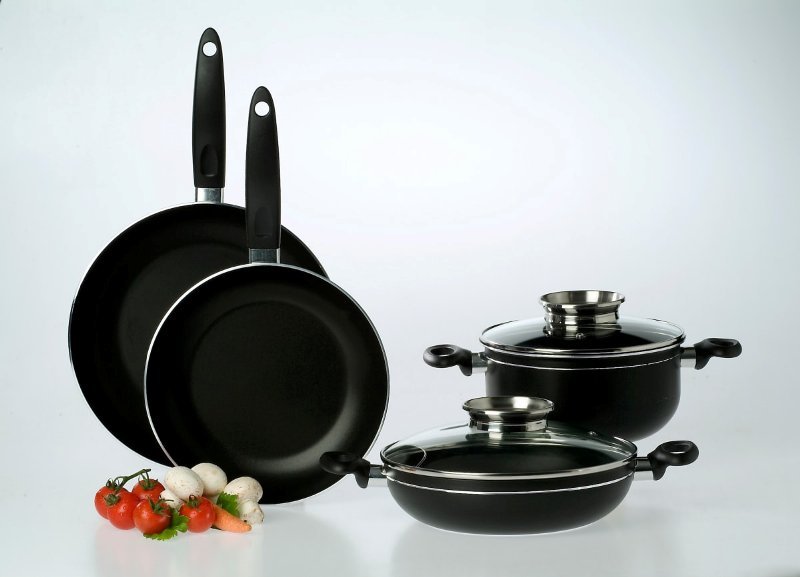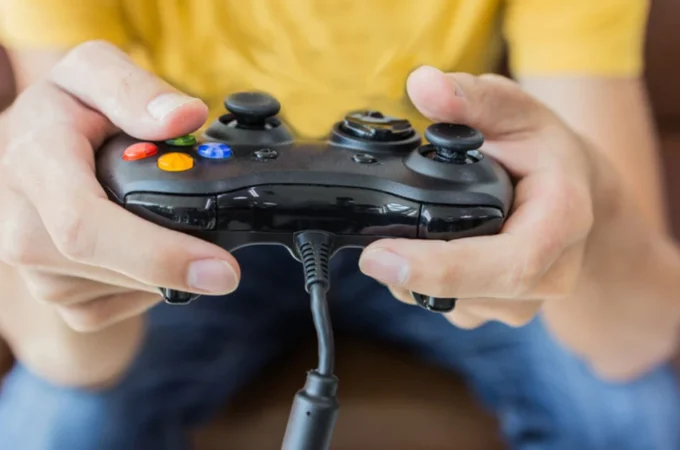
5 Common Mistakes to Avoid When Using Nonstick Cookware
HomeDesignXNonstick pans are amazing pieces in the kitchen. Whether you want to use the least oil on your food, or you want to keep food from sticking on the pan, the non-stick technology has you covered. If you don’t have one yet, going through blue diamond pan reviews might help you get a good one.
While non-stick pans are the easiest to clean and maintain, when used incorrectly, they can easily get damaged. Since you’d like to use your pans for the longest time, it’s important to use them properly to increase their lifespan. If you still haven’t decided on non-stick pants, read this HomeDesignX review of GraniteStone Pans that are considered one of the best non-stick pans out there.
From cooking to cleaning, here are five common mistakes to avoid when using your non-stick pans.
1. Use of Non-Stick Sprays

Do you use non-stick sprays on your non-stick pans? If yes, then you better stop doing this. Well, the sprays are good because they enhance the non-stick properties of your pan, but they’re more harmful than you thought. Non-stick sprays are a combination of oils and chemicals that keep food from sticking on the surface of the pan.
While they’re known to improve the durability of non-stick pans after some time, the spray forms a sticky buildup on the pan that doesn’t burn off during cooking. Scrubbing off the sticky layer takes time, and you may not get it off completely. You could use the aggressive part of the sponge to lodge of the particles, but that might damage the non-stick layer on your pans.
Therefore, it’s advisable to keep the sprays away. Instead, use oil or butter for your cooking. They serve the same purpose as these sprays. You can just use little amounts of oil as the non-stick technology prevents food from sticking on the surface.
2. Not Seasoning Your Pan
Seasoning your non-stick pan should be part of regular maintenance. Well, it’s not an interesting job, but if you care about your pan’s durability, you should make it a daily practice. In case you didn’t know, seasoning iron outs the inconsistencies in the finish of your non-stick pans and reduces the need to use additional oil or butter when cooking.
It’s advisable to season your non-stick pan at least twice a year. If you can do it more regularly than this, then you’re better off. The oil used in seasoning helps to build a protective layer against oxidation, which prevents rust from building up on the pan.
So, how do you season your pan? You can do this in very simple steps. First, clean the pan to remove any dirt. Then rub one teaspoon of canola or peanut on the surface of the pan to the rim. Heat the pan on medium heat from at least 60 seconds and allow it to cool. Wipe off any extra oil using paper, and you’re good to go.
3. Cooking Over High Heat
Whether you’re using the normal pan or a non-stick one, it’s not advisable to cook over high heat. Not unless you’re comfortable taking burnt or overcooked food, you should try and use low to medium heat when cooking.
With non-stick pans, cooking over high heat is a no-no. The non-stick layer doesn’t do so well over high heat. With time, it wears out and food will start sticking on the surface of your pans. Additionally, depending on the type of non-stick coating on your pan, high heat can lead to the release of toxic substances into the food. Even so, you should go for non-stick cookware that is non-toxic.
Before you start cooking, adjust the heat settings to low or medium depending on the type of food you’re cooking. Most non-stick cookware is designed for low heat cooking. Therefore, you’d still cook within the stipulated cooking time.
4. Using Abrasive Objects on Your Pans

While some brands indicate that the non-stick coating on the cookware is scratch-resistant, the truth is, they do this for marketing. Well, ceramic coatings can endure the scrubbing, but with time, they also wear out. Therefore, it’s better to keep away anything abrasive from your pans.
For instance, don’t use the abrasive part of the sponge when cleaning. That will damage the pan’s coating. Most non-stick pans are easy to clean, and so, even with a piece of cloth, you can have your pan sparkling clean. Additionally, don’t use metallic utensils on your non-stick pans as this can scratch the non-stick coating.
You can stick to plastic or wooden utensils when using non-stick pans. Remember, any scratch on the non-stick surface impairs the function and durability of the pan. To avoid those stubborn stains that may need some scratching, clean your pan after every use with warm soapy water. If you’d like to give your pan a shine, consider using baking powder to clean it.
5. Cleaning Your Pans in Dishwasher
While some brands indicate that their pans are dishwasher safe that might not be the case. The super hot water and harsh detergents aren’t good for most non-stick coatings. Therefore, throwing your pans in the dishwasher with other utensils might just damage your non-stick pans. With time, the non-stick coating will wear out and you’ll have to replace your pan very soon.
Therefore, if you’d like the non-stick property of your pan to last longer, you better avoid the dishwasher. Instead, wash your non-stick pan by hand. This will increase the lifespan of your pan. The good thing is that non-stick pans are easy to clean. So, just get warm soapy water and get your pans sparkling.
Final Thought
Non-stick pans are quite expensive, and it would be costly to replace your pans after a short time. Therefore, it’s important to avoid these mistakes when using your non-stick pans. Get the best pans, but don’t forget to use them properly.




